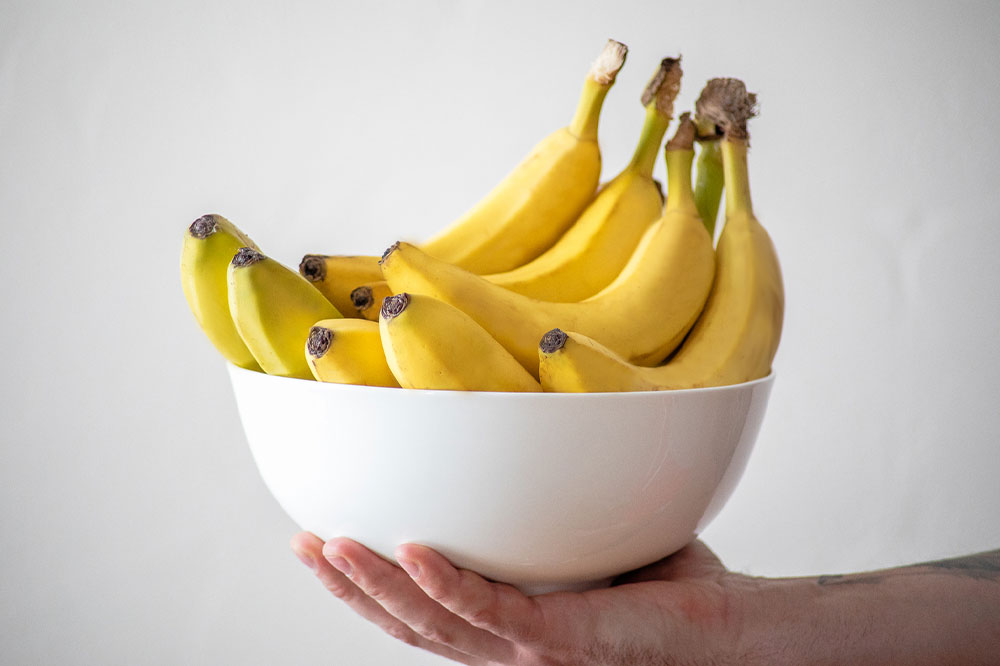7 signs of kidney disease made worse by excessive blood sugar

Chronic kidney disease is a health condition in which the kidney’s functionality is severely compromised. In fact, the kidneys of people with this disorder get progressively worse in terms of health and functionality. Moreover, high blood sugar, known as hyperglycemia has long been associated with kidney disease. Essentially, high blood sugar, if not controlled, may eventually cause kidney failure. Here are some signs of kidney disease caused due to excessive sugar in one’s blood.
Increased urges to urinate
One of the earliest indicators of kidney disease is urgency incontinence or an increased need to pee often during a given day. A frequent urge to urinate is seen in people who have stage 4 chronic kidney disease (CKD). This is an advanced stage of the health condition, followed soon by kidney failure. A frequent urge to urinate is a symptom that is accompanied by back pain and swollen hands and feet in individuals with kidney disease.
People with elevated blood glucose levels also experience this symptom. Individuals with diabetes may experience incontinence with regard to urination quite commonly in all stages of the disorder. As diabetes causes kidney issues, this is a sign that should prompt people experiencing it to visit a healthcare professional for a checkup to diagnose the condition.







